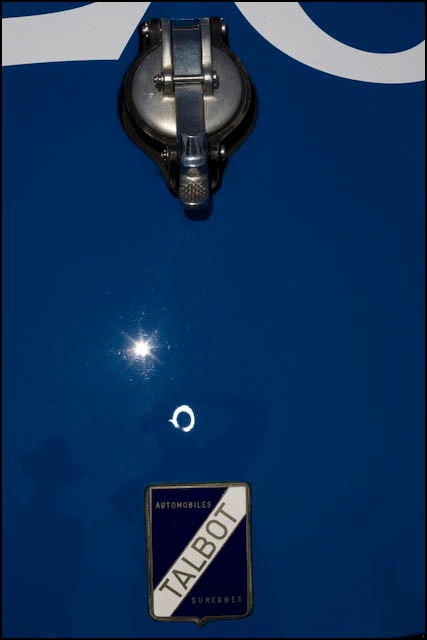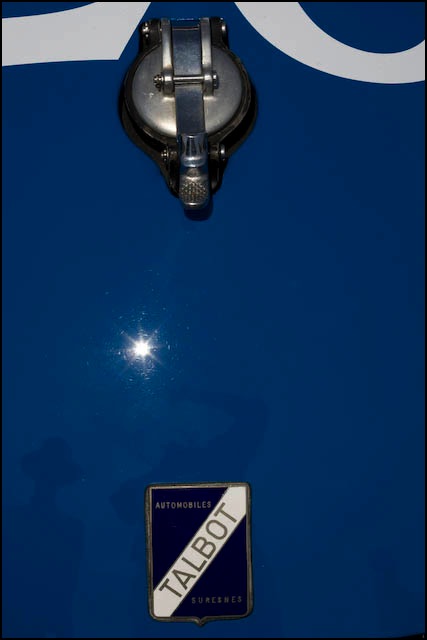An awful lot to like.
The ring flash I have been using on the 5D with the 100mm Canon macro lens is proving to be a real joy. It’s pretty much set and forget. All I do is adjust ISO to procure an f/11 aperture with the camera on shutter priority and 1/200th (the fastest sync speed) and the circuitry in the flash takes care of balancing natural and artificial light. In use I simply leave the flash switched on all day – battery drain is only significant when recharging as opposed to maintaing a charged state. My current set of four alkaline AA batteries has lasted for some 16 hours and two hundred or so snaps, and shows no sign of dying.
F/11? That, I find, gives the best balance of definition and depth of field. Smaller apertures introduce diffraction and definition begins to fall – that’s physics, not Canon. Wider apertures at close distances result in very shallow depth of field – appropriate for plane, perpendicular surfaces only. ISO seems to end up in the range 100 to 400, which is the sweet spot for the 5D’s sensor. Nice!
Reflections of the tube in the ring flash can be an issue – though the sort seen here just enhances the sense of curves.
Occasionally, with reflective subjects, you get a nasty image of the flash tube reflected in the subject, like so:

Note reflections from the sun and the ring flash
I do not know whether the enhanced localised processing controls in Lightroom 2.0 could fix this – I”m still on 1.4.x and await 2.1, presumably suitably debugged. In the meanwhile, it’s back to that old dog Photoshop (Lightroom has a direct export and save function) and a few seconds with the Magic Eraser:

After using the Magic Eraser in PS CS2
That’s more like it. French Racing Blue never looked better. The wide brimmed individual on the left is none other than famed racing driver and backdrop man, Franklin Rudolph.